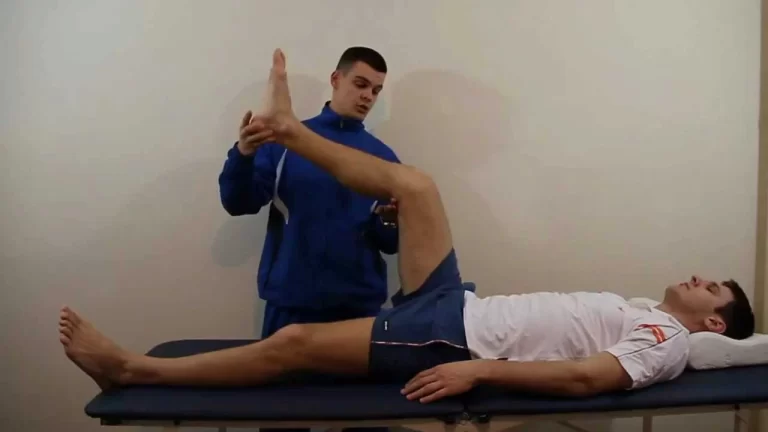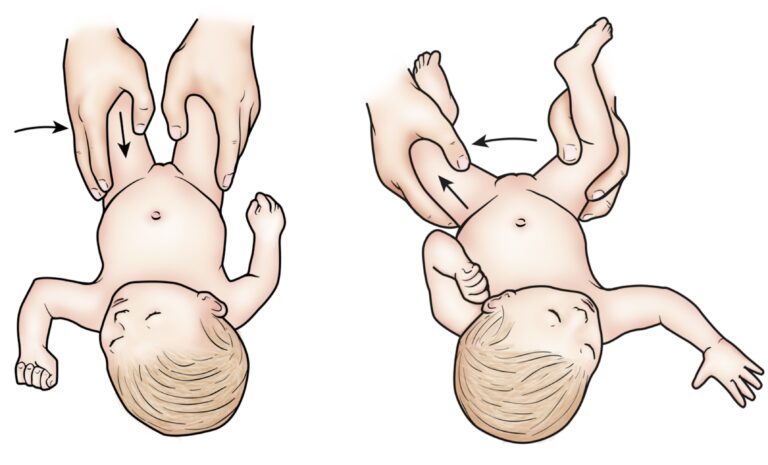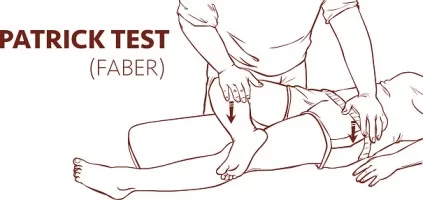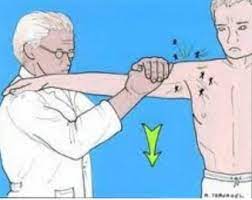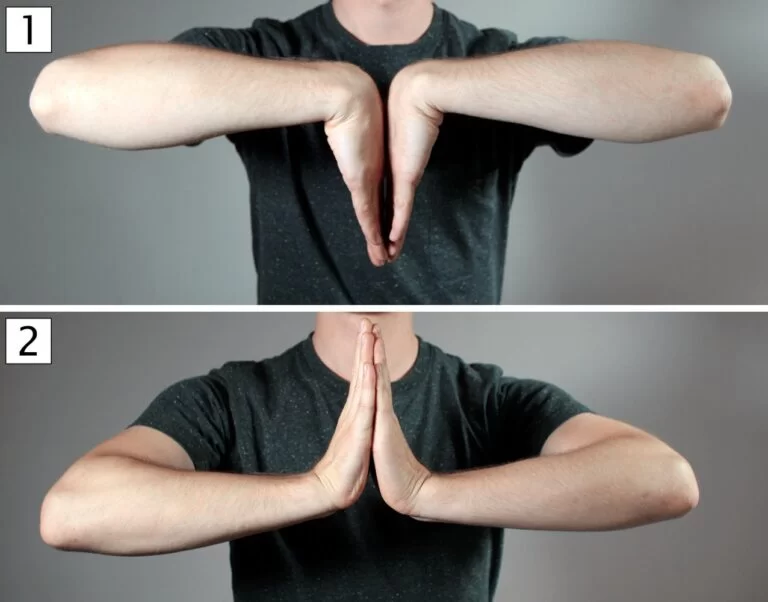Femoral nerve traction test & compression test:
- This test is also known as the crossed femoral stretching test.
- This femoral nerve traction test is applied in the clinic to check the neurological pain in the thigh.
- This clinical test is applied by to therapist when the patient is complain about back pain with the neurological pain.
Purpose of the femoral nerve traction test:
- This test is used to check the neurological pain in the thigh which is a symptom of the femoral nerve.
- This test is also used to check the problem in the L3 or L4 nerve root.
How do you perform the femoral nerve traction test?
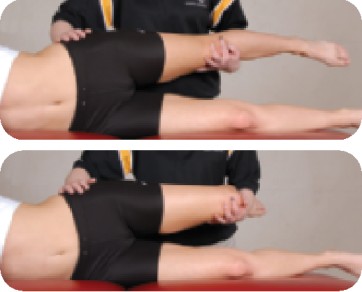
- In the starting position for the test = the patient lies in side-lying with the unaffected side & unaffected limb is do the flexed the slightly at the hip & knee joint.
- The examiner is must check that the patient’s back is straight, not to in hyper extended of the back.
- The patient’s head should be slightly flexed.
- The examiner grasps the patient’s affected or painful limb & extended the knee while gently extending the hip approximately 15′.
- After that do the flexed of the patient’s knee of the affected side; this flexion movement further stretches the femoral nerve.
- If the patient feels the neurological pain like as radiates pain down which is the anterior thigh this situation indicates to the test is positive.
- This is also a traction test for the nerve roots at the mid lumbar area[ L2- L4].
- As with the SLR test = straight leg raising test, their test is also a contra lateral positive test.
- So that when the femoral nerve traction test is performed, the symptoms occur in the opposite limb.
- This situation is called the crossed femoral stretching test.
- Pain in the groin & hip that radiate along the anterior medial thigh indicates an L3 nerve root problem.
- Pain extending to the mid tibia indicates an L4 nerve root problem.
- This test is similar to Ober’s test for a tight iliotibial band, so that examiner must be able to differentiate between the two conditions.
- If the iliotibial band is tight, the Ober’s test leg does not adduct but remains in an elevated position away from the table so that the tight tendon is riding over the greater trochanter & keeps the leg in an abducted position.
- Femoral nerve injury presents with a different history,& the referred pain anteriorly tends to be stronger.
Compression test:
- The patient lies supine with the hips & knees flexed.
- The hips are flexed until the PSISs start to move backward [ usually about 100′ hip flexion.]
- After that, the examiner applies direct pressure against the patient’s buttocks/feet & applies axial compression to the spine.
- If the patient feels radicular pain in the posterior leg in this situation, the test is positive for herniation of the possible disc.


